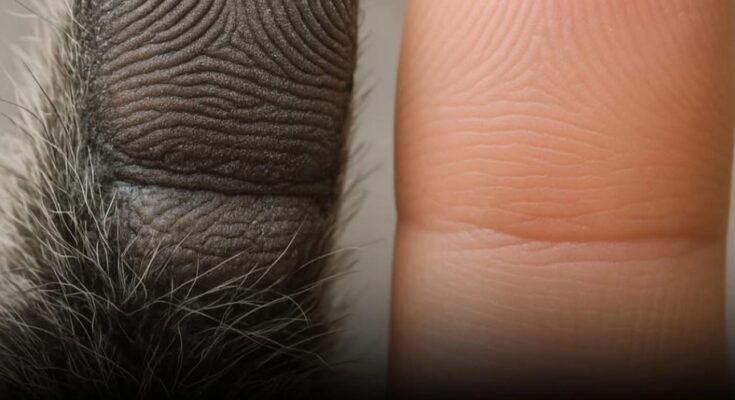Koalas (Phascolarctos cinereus) do indeed have fingerprints that are remarkably similar to those of humans.
In fact, their ridge patterns—including loops, whorls, and arches—can be so close in appearance that even under a microscope, forensic scientists may have difficulty telling them apart.
This anatomical trait is unique among marsupials, as most do not possess fingerprints at all.
Koala fingerprints evolved independently (a case of convergent evolution) and likely serve the same functional purpose as in primates—aiding in grip and manipulation of branches and food.
Studies, including a 1996 analysis by Maciej Henneberg, showed that koala fingerprints are virtually indistinguishable from human ones, even under forensic-level analysis.
Their ridges are so detailed that they could, in theory, contaminate a crime scene, although such an occurrence is extremely rare and hypothetical.
This similarity highlights how natural selection can lead to similar solutions in different species when faced with similar environmental challenges—a phenomenon seen elsewhere in evolution as well.
Koalas (Phascolarctos cinereus) do indeed have fingerprints that are remarkably similar to those of humans.



